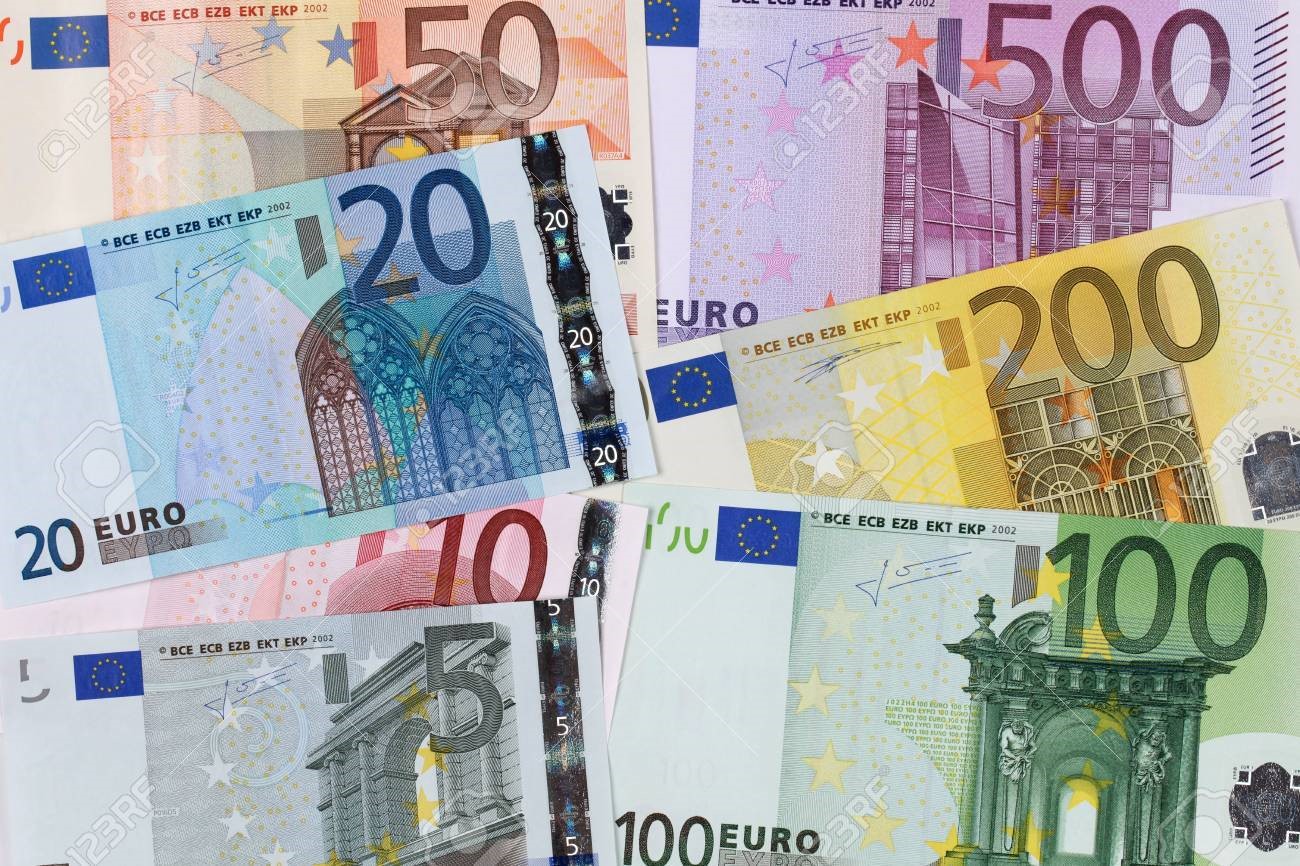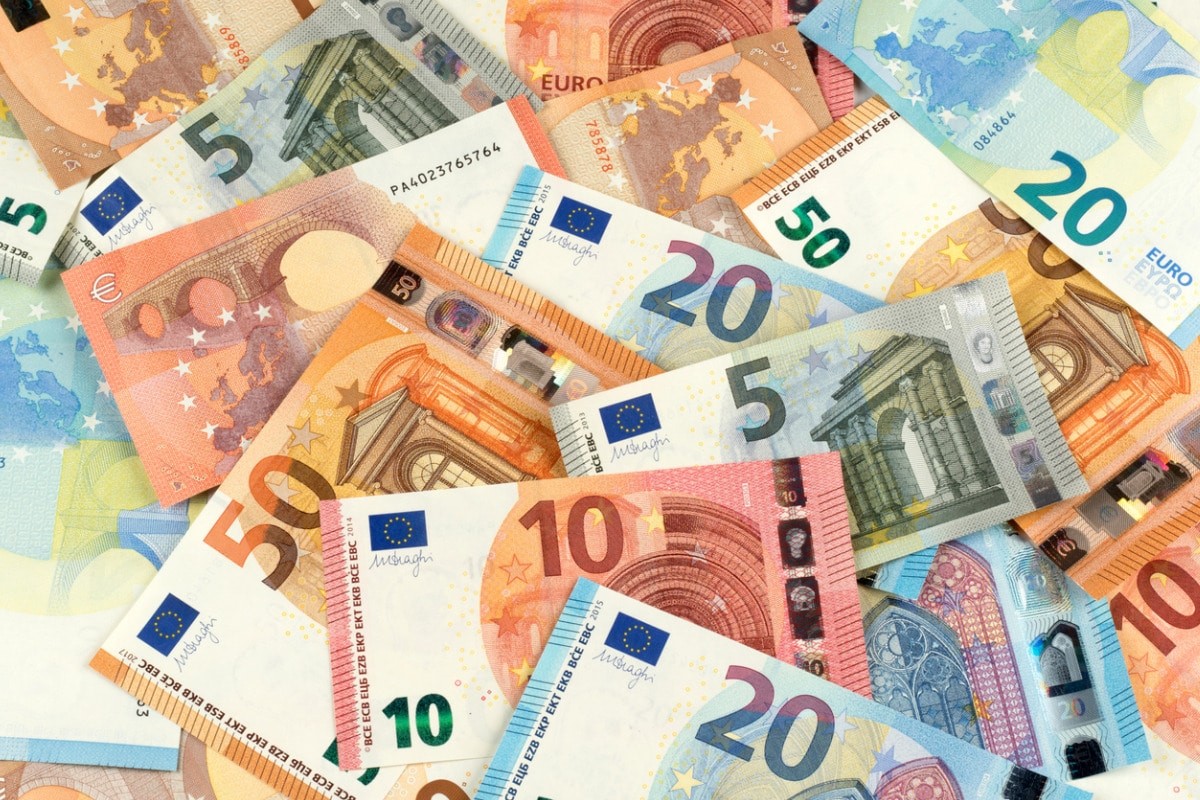The single European currency was created with face values from 5 euros to 500 euros. Were introduced on January 1, 2002, these banknotes were divided into two series, of which the second series called "Europe" was issued from May 2, 2013. Discover through this article the design of euro banknotes as well as the list of banknotes of the two series with their peculiarities and the differences between them.

The design and appearance of euro banknotes
If with the euro coins, the design is not the same for the whole of the euro zone, this is not the case for the banknotes. Indeed, they all have the same design even if they are printed and issued by the different Member States of the European Union. They are all designed in pure cotton fiber, which guarantees their resistant property, while allowing them to be easily recognizable to the touch.
In terms of appearance, all banknotes have several commonalities, such as the following:
- Windows and portals, on the front, to highlight the spirit of openness and cooperation that characterizes the European Union;
- 12 stars, again on the front, which illustrates the dynamism as well as the harmony of contemporary Europe;
- The bridges, on the back, symbols of the link between European peoples and between Europe and the rest of the world.
- EURO, which is the name of the currency in Roman characters;
- EYPO, euro in Greek characters;
- The initials of the ECB;
- The signature of the President or the President of the ECB;
- The copyright symbol (©);
- The image of the flag of the European Union.
These different symbols are all present in the “Europe” series. Only, the appearance of the new banknotes has been refreshed, as they include some new and improved security features.
Euro banknotes of the first series
The first series includes the €5, €10, €20, €50, €100, €200 and €500 notes, the differences of which are summarized in this table with their date of appearance.
| Ticket (€) | Dates of issue | architectural style | Size (mm) | Main color |
| 5 | 2002 until 2012 | Classic | 120×62 | Grey |
| 10 | 2002 until 2013 | Novel | 127×67 | Red |
| 20 | 2002 until 2014 | Gothic | 133×72 | Blue |
| 50 | 2002 until 2016 | Renaissance | 140×77 | Orange |
| 100 | 2002 until 2018 | Baroque and Rococo | 147×82 | Green |
| 200 | 2002 until 2018 | “Glass and Steel”: New Arts of the 19th Century | 153×82
|
Yellow |
| 500 | 2002 until 2019 | 20th century modern | 160×82 | Purple |
Euro banknotes of the “Europe” series

The main purpose of the issue of this new series is the fight against counterfeiting. Moreover, it no longer includes a 500 euro note to limit certain illegal activities such as the financing of terrorism, or even money laundering.
Here is the list of banknotes in the "Europe" series with their date of issue, their date of circulation and their format. Note that the formats of the 100 and 200 banknotes have changed. The colors as well as the architectural styles are the same as those of the banknotes of the first series.
| Ticket (€) | Date of issue | Date of circulation | Size (mm) |
| 5 | From 2013 | May 2, 2013 | 120×62 |
| 10 | From 2014 | September 23, 2014 | 127×67 |
| 20 | From 2015 | November 25, 2015 | 133×72 |
| 50 | From 2017 | 04 April 2017 | 140×77 |
| 100 | From 2019 | May 28, 2019 | 147×77 |
| 200 | From 2019 | May 28, 2019 | 153×77 |
Although the 500 euro banknotes no longer exist in the "Europe" series, they can still be used and exchanged at any time at all national central banks in the euro zone, preserving their value.






